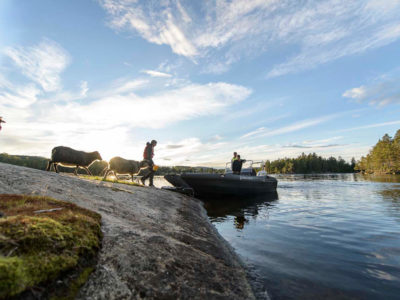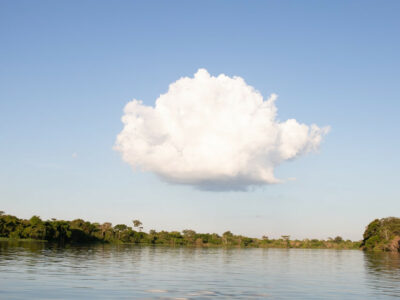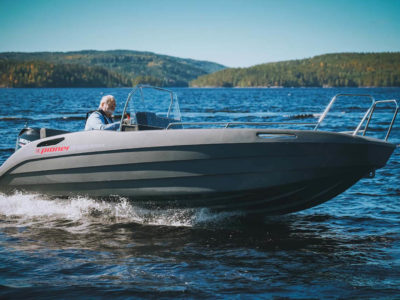Environmentally friendly antI-fouling paint

Anti-fouling paint
A large number of traditional paints contain toxins and so-called biocides. These anti-fouling paints are harmful and adversely affect the environment and living species. Today, there are alternatives that are more environmentally friendly, which not contain biocides. But still anti-fouling paint containing biocides is being used.
Which anti-fouling paint you use mainly depends on where in the country you will have your boat. Different rules apply to for example the west coast and the east coast. Anti-fouling paint is not needed for inland waterways and lakes.
An alternative to traditional anti-fouling paints containing toxins is to use anti-fouling paint that only acts in a physical way. For example the paint creates a hard structure on the hull that makes it difficult for algae, barnacles and mussels to grow on the hull. However, it is important to read what these products contain and that they do not contain harmful substances that can leak out when you drive the boat or rinse it off.
Tips when buying anti-fouling paint:
- Ensure that the paint is approved by the Chemicals Agency of your country. On the product’s packaging there should be a registration number, information on conditions of use and information on which authorisation class the product belongs to.
Completely environmentally friendly anti-fouling paints are not available. Instead we recommend alternatives such as washing off the bottom of the boat during the season. If you have a boat that is easy to lift up onto a trailer, that is the easiest way. Rinse the bottom of the boat with a pressure washer or use brushes and water. It is important that this is done at a flushing point that collects any old anti-fouling paint.
Another option is to use a boat wash station located in our archipelago. In this way, rather than taking the boat up, you simply need to go to a boat wash station that cleans the underside of the boat for you. A boat wash station can handle boats up to 25 feet. It takes about 15 minutes to brush off the bottom.
Another good environmentally friendly option is to get a hull canvas that you can drive up to your mooring spot. This means that algae cannot attach to the boat as well. After the season, pick up the canvas and rinse it off. There are canvases that fit boats up to 32 feet.
If you have a good budget, you can get a boat hoist that raises the boat out of the water when it is not in use. This is a convenient solution and is also good for the boat as it is not in water.





